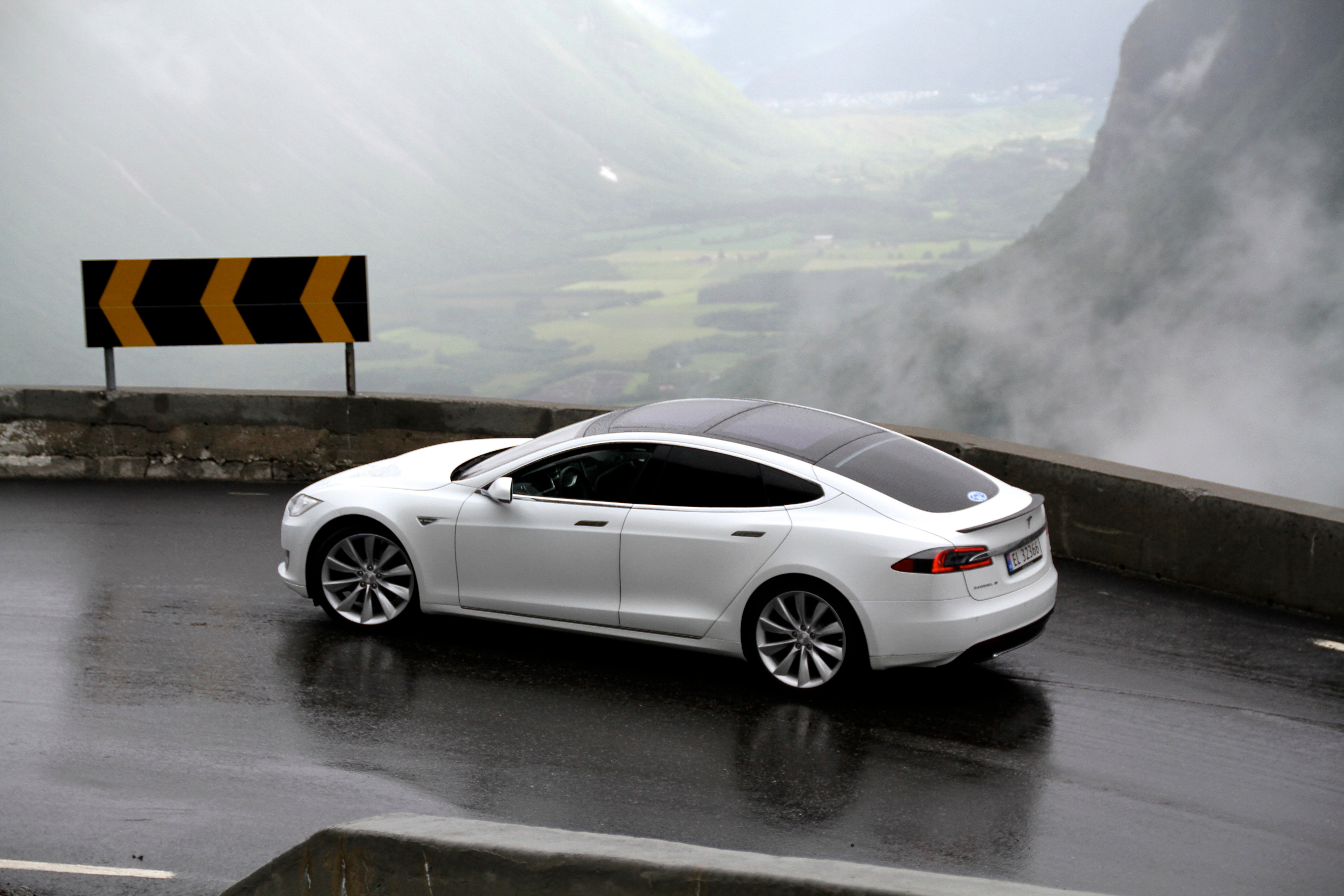 "wiffleballtony" (wiffleballtony)
"wiffleballtony" (wiffleballtony)
10/21/2015 at 13:15 • Filed to: None
 1
1
 4
4
 "wiffleballtony" (wiffleballtony)
"wiffleballtony" (wiffleballtony)
10/21/2015 at 13:15 • Filed to: None |  1 1
|  4 4 |

I came across this article regarding electric cars and the Power grid. A couple of things stuck out at me. Especially that adding a car is almost like adding another house. If adoption gets high, I imagine charging costs will climb.
http://www.technologyreview.com/news/518066/co…
 deekster_caddy
> wiffleballtony
deekster_caddy
> wiffleballtony
10/21/2015 at 13:25 |
|
For most electric cars you can choose what time they charge. I set mine to start charging after 7 PM when the rates go down. Why do rates go down after 7 PM? Because people use less electricity during those hours and there is surplus production. So it’s like using another house, but only at night when nobody is awake.
 wiffleballtony
> deekster_caddy
wiffleballtony
> deekster_caddy
10/21/2015 at 13:34 |
|
Right, but if they become widespread most people will want to charge them at night.
 deekster_caddy
> wiffleballtony
deekster_caddy
> wiffleballtony
10/21/2015 at 13:47 |
|
Which still shouldn’t affect the overall grid capacity. High homeowner usage during the day, high EV charging at night.
And it will take a significant percentage increase of EVs on the road before this actually becomes a factor to anything, giving the ‘grid’ plenty of time to catch up. I guess that’s starting to happen in CA, at least according to the article you linked, but it’s going to take a while everywhere else.
Any major increase in amp usage should be factored into the permitting anyway. Somebody upgrading their mains from 250 Amps to 400 Amps had better be getting a permit, which should involve somebody doing the math on the supply.
Also, a lot more people are putting in Solar at home, which does two things - it helps out with the mid-day demand put on the overall grid, and it makes things screwier for the power companies who need to have something on tap for a cloudy day demand spike. Solar does nothing for people who charge EVs at night.
 ArmadaExpress drives a turbo outback
> wiffleballtony
ArmadaExpress drives a turbo outback
> wiffleballtony
10/21/2015 at 15:21 |
|
This is likely part of the reason that Tesla came out with the residential battery system. Will help spread out the load as more people move to electric vehicles.